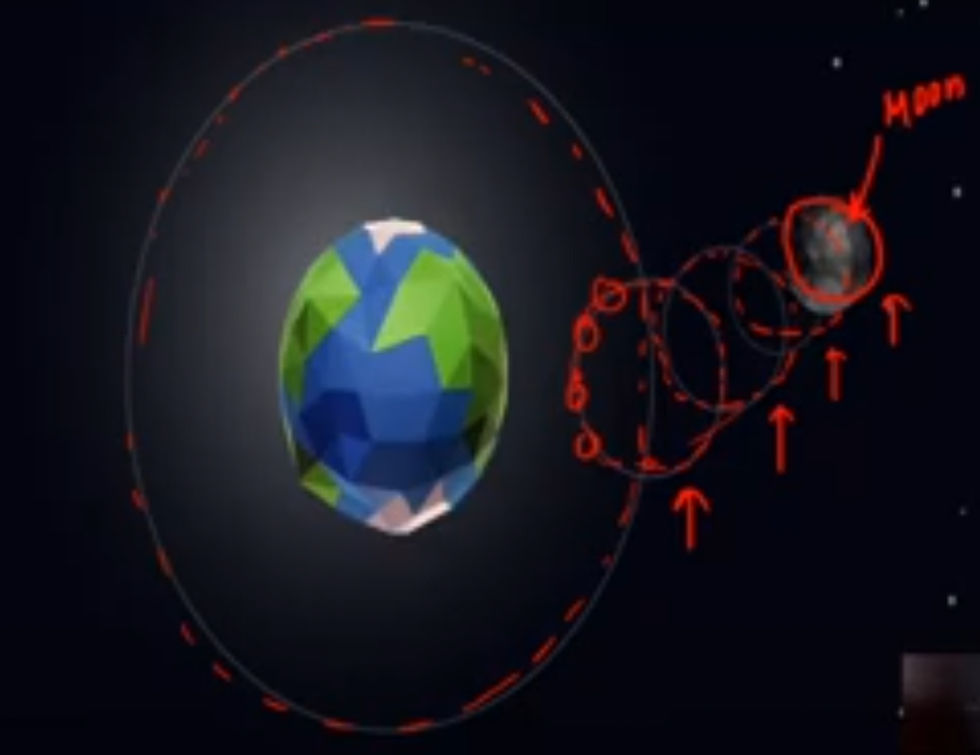ENGINEERING APPLICATION OF LAPLACE TRANSFORM
- priyanshukumar3456
- Feb 28, 2021
- 3 min read
Let's start with the definition of laplace transform. what it actually means?
Firstly i wanna tell u about transforms. A given function or signal can be converted between time and frequency domains with pair of mathematical operators called transforms. Now the confusion comes what is time domain and frequency domain!!
let's take an example of progressive wave. The equation of displacement of wave is y=Asin(wt-kx). This equation include time factor. Hence, this equation is in time domain. Frequency domain is a function of complex variable s. Machine languages are in frequency domain. we can easily do calculations in frequency domain.
To understand laplace transform in simple way, let me tell you short story.
Most of u people watches serials and series. i am just taking random example.
A(man)---------B(river)-------c(stones and fire)-------D(diamond on a tree)
There is a man at point A. he wants to reach point D where he will get diamonds.
Now, at first, he wants to cross point B. In order to cross river, he wants to convert himself into river animal. he prays to god to become fish. God bless him. Again, he wants to cross point c which is stone and fire covering area. once again he prays to god and god bless him to become bird. with this conversion, he get diamonds.
This conversion of domain from one form to another is somewhat laplace transform.
Getting back into original form sequentially is inverse laplace transform.
coming on to the mathematical approach, laplace transform is a particularly elegant way to solve linear differential equations with constant coefficients. it describes signals and systems not as functions of time but rather as functions of a complex variable s.
In mathematical form, let f(t) be a function defined for t>0. laplace transform of f(t) is denoted by L(f(t)). that is,
L(f(t))= integral (0 to infinity) e^-st. f(t) dt
where s is parameter and s>0. Also, e^-st.f(t)<m where m is any finite number.
We can also understand that e^-st is in frequency domain and f(t) is in time domain.
Therefore, laplace transform converts time domain into frequency domain. vice-versa of domain is inverse laplace transform. that is, conversion of frequency domain into time domain is inverse laplace transform.
Application of laplace transform:
1.signal processing: laplace transform is heavily used in signal processing. using laplace or fourier transform, we can study a signal in the frequency domain. laplace transform is subset of fourier transform which is used in processing of data signals during their transmission. for example, if signal is smooth over time, it means it is in the frequency domain. we are very likely to find only small frequencies. similarly, concept of filtering signal/data is based on frequency domain interpretation. That is cleaning and catching of errors generated during transmission of computer data.
2. circuit analysis: when you learn about kirchoff's laws, which are really just conservation laws, you can begin to apply it in circuit analysis using resistors. But most of the circuits are not resistor circuits, they have capacitor and inductor too . for those, you have to solve the circuit in s-domain. that is, laplace transformed domain. then you do inverse laplace transform and get time-response of the circuit.
Here are some of the equivalents:

3. integrated circuits: laplace transformations helps to find out current and some criteria for analyzing the circuits. it is used to build required Ics and chips for systems. so it plays a vital role in field of computer science.
4.Control systems: A control systems manages commands, directs or regulates the behaviour of other devices or systems. The laplace transform converts the governing differential equations of a system or its components into simple algebraic form allowing the control engineers to describe the system, in particular a closed loop system, as chain of connected functional block also called as block diagram.
5.Damping: laplace transform plays a huge role in finding different natural responses like overdamped , critically damped and underdamped response. it converts second order differential equation into s domain from where we can find the angular frequency(omega) and damping factor(alpha).
that is, s = -alpha+-sqrt(alpha^2-omega^2)
therefore, s1 and s2 are roots of s.
case 1: overdamped response: y=Ae^s1t + Be^s2t. notice that s1 and s2 must be negative when alpha>omega.
case 2: critically damped response: y=Ae^-(alpha)t +Be^-(alpha)t. therefore, it represents dying oscillations when alpha=omega.
case 3: underdamped response: y=e^-(alpha)t(Acoswdt + Bsinwdt) where wd=sqrt(omega^2-alpha^2) when alpha<omega.
Graph of form of transients for positive initial displacement and zero initial velocity for cases(1)-(3) respectively are:

HOPE U GUYS LIKE THE EXPLANATION AND APPLICATION OF LAPLACE TRANSFORMS. THANK YOU....




Very well explained.
Splendid